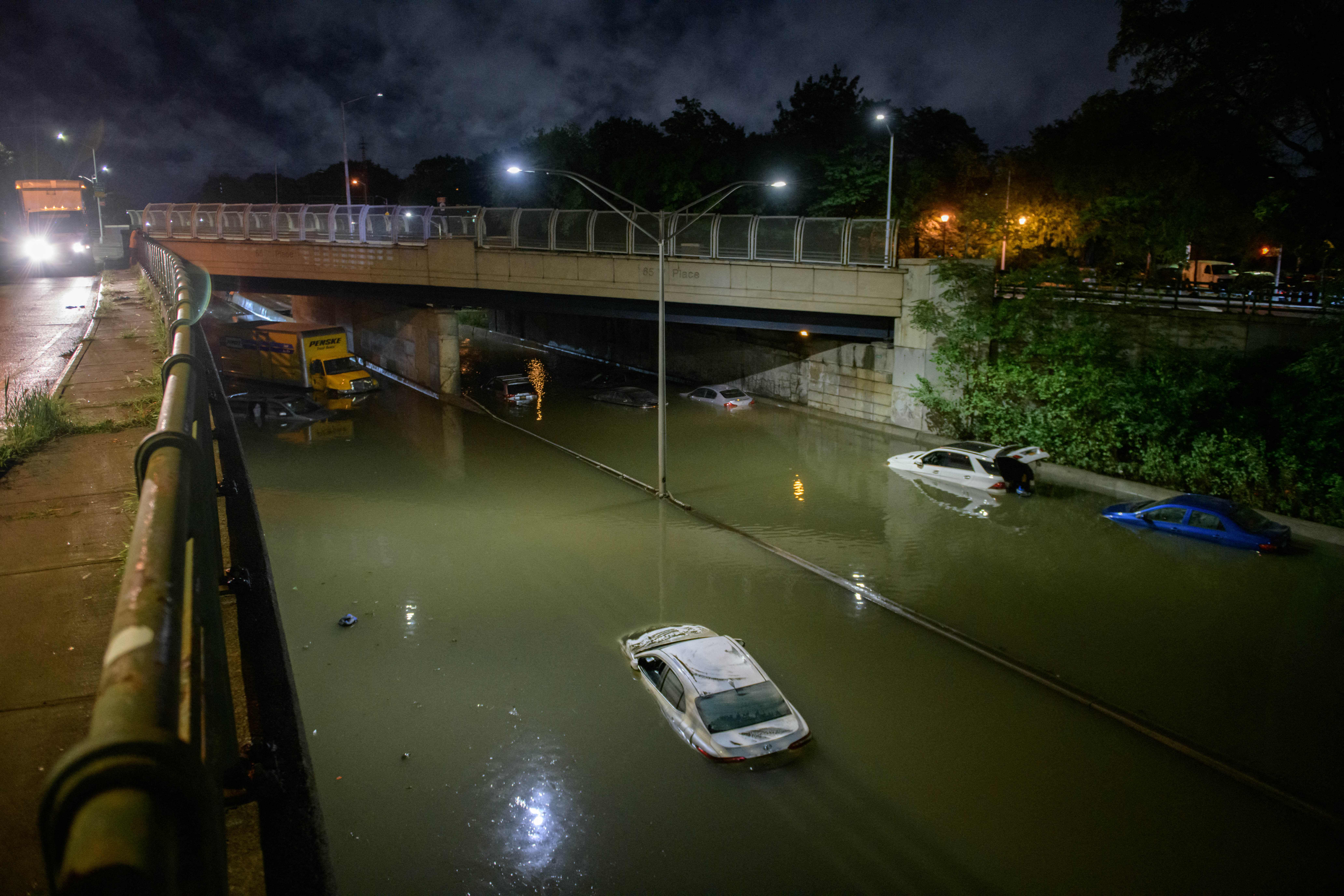Anyone who considers buying a used car in the upcoming months may want to be extra-cautious.
As storm-ravaged areas take stock of the destruction left by Hurricane Ida, thousands of flooded cars are expected to be among the personal property that was ruined. While cars with flood damage may have titles that indicate that, the system is not foolproof — which means some of these autos are likely to be purchased by unknowing buyers.
“Unfortunately, following major hurricanes or flooding events, we see fraudsters try to scam consumers by selling cars damaged in the flooding,” said Tully Lehman, public affairs manager for the National Insurance Crime Bureau.
Compounding the potential for fraud this time around is the high demand for used cars as the global shortage of microchips continues slowing production of new vehicles. That demand could create an opportunity for scammers to take advantage of buyers’ eagerness to seal a deal, experts said.
More from Personal Finance:
Many teens are hesitant about the stock market
Here are some ways to pay off big credit card debt
Why you should start saving for retirement in your 20s
Ida slammed into Louisiana on Aug. 29 and then moved inland, eventually crossing over the mid-Atlantic and Northeast. The storm left a trail of devastation in its wake from deadly flooding, high winds, storm surge and tornadoes. That was on the heels of two other large storms that dumped torrential downpours in the Southeast and Northeast.
Roughly 378,000 flood-damaged cars already were on the roads before Ida hit, according to Carfax spokesman Chris Basso.
“If history holds true, we’re looking at several thousand more [flooded] vehicles, and a decent percentage of them will make it back into the market,” Basso said.
Floodwaters can destroy — sometimes slowly — electronics, lubricants, and mechanical systems in vehicles. Corrosion can eventually find its way to the car’s vital electronics, including airbag controllers, according to ConsumerReports.
Buyers should always check a used car’s “vehicle history report” to make sure they know what they are buying, regardless of when or where they make the purchase. Flooded cars often end up for sale in places far from where they originally were damaged.
Through services like Carfax or the National Insurance Crime Bureau’s VINCheck, you can input a car’s vehicle identification number, or VIN, to see if there’s anything in its history that’s a red flag. However, you may not be able to find out everything.
Basically, when an insurance company receives a claim for a flooded car and the vehicle is totaled — meaning the repairs would cost more than the car’s worth — the car’s title generally is changed to reflect its status.
Those ruined cars are typically sold at salvage auctions to junkyards and vehicle rebuilders, according to ConsumerReports. Reselling them to consumers may be legal if the title discloses the flood damage.
Unfortunately, following major hurricanes or flooding events, we see fraudsters try to scam consumers by selling cars damaged in the flooding.Tully LehmanPublic affairs manager for the National Insurance Crime Bureau
However, not all car owners file an insurance claim. If they don’t have comprehensive coverage — the part of car insurance that flooding would fall under — they’re generally out of luck. This means that with no insurance company involvement, the flood damage may not end up officially recorded anywhere.
“Unfortunately, there will be those that, due to not having insurance coverage for flood damage, will attempt to clean their car and try to sell it to unsuspecting buyers at some point in time down the road,” Lehman said.
And, there are some dealers that will clean up flooded cars and sell them, whether locally or in another state where titling rules are less stringent.
“This makes checking out cars closely, even on lots, very critical,” Lehman said.
There are things you can look for in a used vehicle for that could suggest flood damage, according to Carfax:
- A musty odor in the interior, which sellers sometimes try to cover with a strong air-freshener;
- Upholstery or carpeting that may be loose, new or stained or doesn’t seem to match the rest of the interior;
- Damp carpets;
- Rust around doors, under the dashboard, on the pedals or inside the hood and trunk latches;
- Mud or silt in the glove compartment or under the seats;
- Brittle wires under the dashboard;
- Fog or moisture beads in the interior lights, exterior lights or instrument panel.
You also should test drive the car and have it inspected by a trusted mechanic.
“And remember, if the price seems too good to be true, it likely is,” Lehman said. “Trust your instincts and if you have a bad feeling, go elsewhere.”
